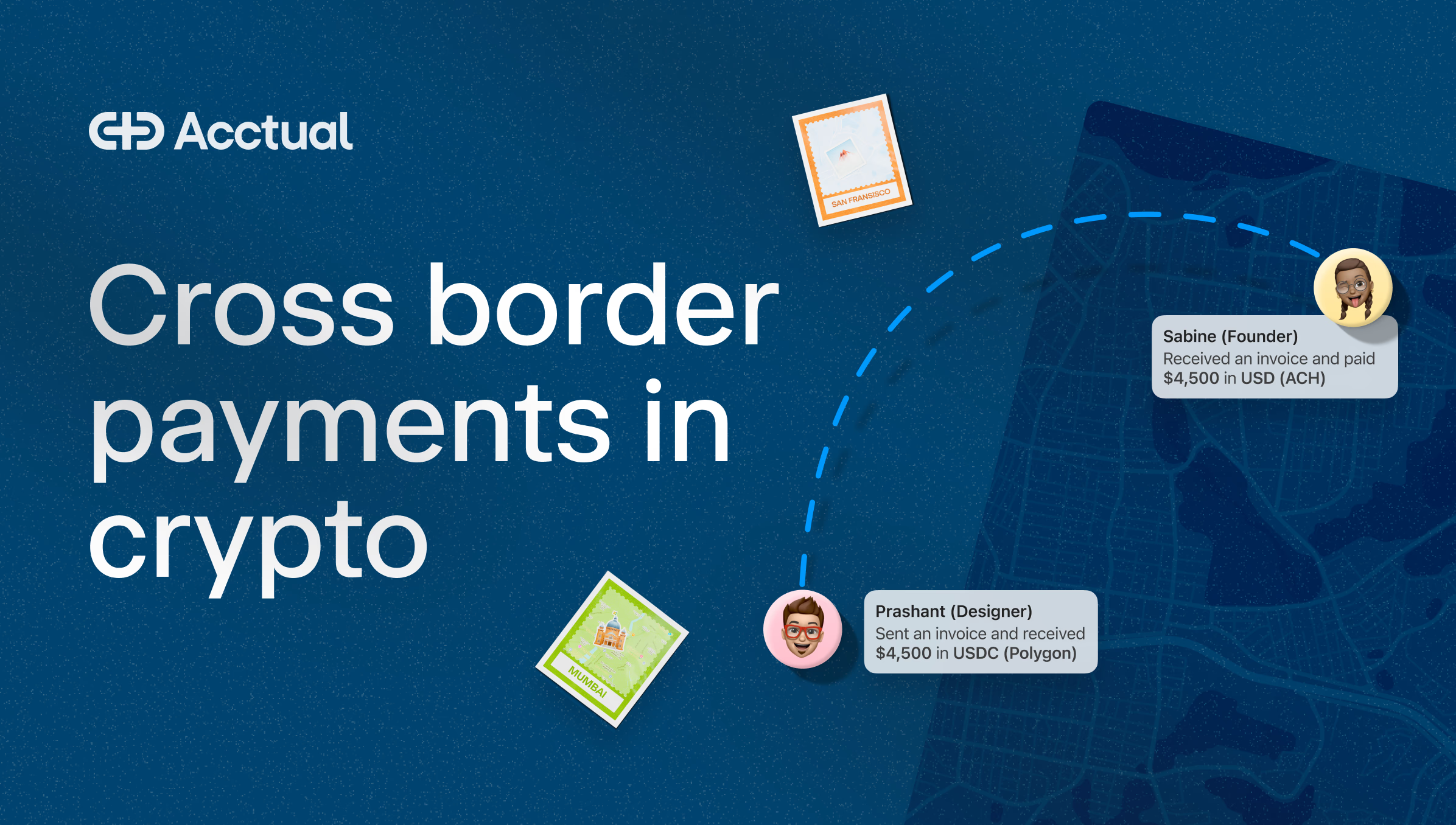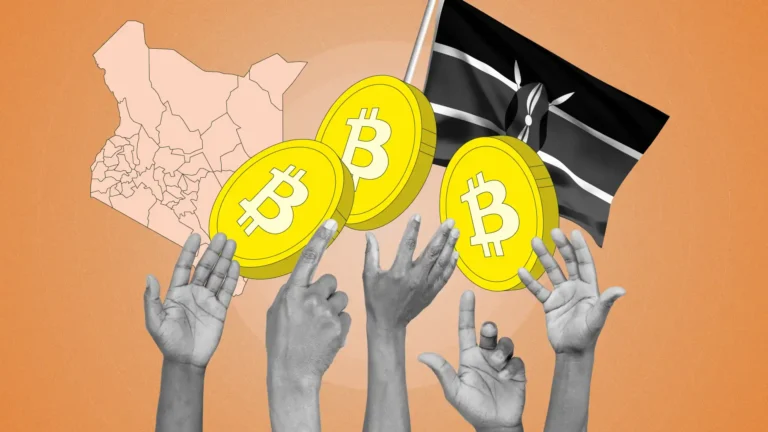For decades, sending money across borders has been slow, costly, and inaccessible to many — especially in developing regions. Traditional remittance systems depend on intermediaries, high fees, and outdated infrastructure. But in recent years, cryptocurrency has emerged as a revolutionary force, promising a faster, cheaper, and more inclusive way to move money globally. The world …
Cross-Border Payments and Crypto: Redefining Financial Inclusion

For decades, sending money across borders has been slow, costly, and inaccessible to many — especially in developing regions. Traditional remittance systems depend on intermediaries, high fees, and outdated infrastructure. But in recent years, cryptocurrency has emerged as a revolutionary force, promising a faster, cheaper, and more inclusive way to move money globally.
The world is witnessing a transformation in how people send, receive, and store value — from migrant workers sending earnings home to businesses navigating global trade. At the heart of this change lies crypto’s potential to redefine financial inclusion and dismantle long-standing barriers in cross-border finance.
The Traditional Problem: Slow, Expensive, and Exclusionary
Cross-border payments have long been a pain point in global finance. Systems like SWIFT or Western Union often take several days to process transactions and charge high service fees — sometimes up to 10% of the transaction value.
For the world’s 1.7 billion unbanked adults, these barriers are even steeper. Without access to formal banking, millions rely on informal channels, often paying even higher costs or risking security breaches.
In short, the traditional financial system wasn’t built for everyone — it was built for those within its walls.
Crypto to the Rescue: A Borderless Alternative
Cryptocurrencies like Bitcoin, Ethereum, and stablecoins (e.g., USDT, USDC) are changing that paradigm. Unlike traditional systems, blockchain transactions are peer-to-peer, meaning they bypass banks and intermediaries altogether.
Instead of waiting three business days for a bank transfer, someone in Kenya can receive funds from Germany in minutes, often at a fraction of the cost.
Stablecoins, in particular, are leading this revolution. Pegged to traditional currencies like the U.S. dollar, they combine price stability with the speed and transparency of blockchain. That’s why remittance platforms in Africa, Southeast Asia, and Latin America are increasingly adopting crypto rails to facilitate global money transfers.
As a result, crypto isn’t just a speculative asset anymore — it’s a practical financial tool for real-world problems.
How Blockchain Reduces Cost and Complexity
So, how exactly does crypto make cross-border payments more efficient? It comes down to decentralization and automation.
- No intermediaries:
Traditional systems rely on correspondent banks, clearinghouses, and currency exchanges. Each link adds cost and time. Blockchain eliminates these middlemen by settling transactions directly between sender and receiver. - Transparent ledgers:
Every transaction is recorded on a public blockchain, offering complete visibility and reducing fraud risk. This transparency builds trust, especially in regions with weak financial oversight. - Smart contracts:
On networks like Ethereum, programmable smart contracts can automate payments, conversions, and settlements, making the entire process more seamless.
The result? Lower fees, faster settlements, and greater access — three pillars of financial inclusion.
Real-World Adoption: From Remittances to Global Commerce
Crypto-based remittance services are already making waves. For example:
- BitPesa (now AZA Finance) enables African businesses to make international payments in crypto, avoiding high conversion costs.
- Stellar and Ripple have built networks focused specifically on cross-border transactions, partnering with financial institutions to modernize remittance rails.
- El Salvador’s adoption of Bitcoin as legal tender has shown how national economies can integrate digital currencies into everyday financial systems.
Beyond remittances, businesses are also embracing crypto for cross-border trade, particularly in emerging markets. Small and medium enterprises (SMEs), often excluded from global banking, can now settle invoices and receive international payments without bureaucratic barriers.
This isn’t just innovation — it’s empowerment.
Financial Inclusion: Beyond Access, Toward Equality
Financial inclusion isn’t simply about opening bank accounts; it’s about creating equal opportunities to participate in the global economy. Crypto enables that by lowering entry barriers.
Anyone with a smartphone and an internet connection can now access a global financial network. Whether it’s through DeFi wallets, stablecoin transfers, or crypto ATMs, individuals in underserved regions are connecting to financial systems previously beyond reach.
Moreover, blockchain’s transparency and immutability help reduce corruption, a persistent problem in developing economies. Transparent transactions build confidence in systems where trust has long been in short supply.
The Challenges: Regulation, Volatility, and Education
Yet, this transformation isn’t without challenges.
- Regulatory uncertainty remains one of crypto’s biggest roadblocks. Many countries are still developing clear policies around digital assets, which can deter adoption and investment.
- Volatility also poses a risk. While stablecoins mitigate price swings, broader market fluctuations still impact perception and trust.
- Lack of education and digital literacy continues to hinder adoption, particularly among older or rural populations.
Addressing these challenges will be key to crypto’s long-term success in financial inclusion. Governments, fintechs, and blockchain innovators will need to collaborate on frameworks that ensure safety without stifling innovation.
Africa’s Leading Role in the Crypto Inclusion Story
Africa has become the epicenter of crypto adoption for financial inclusion. Countries like Nigeria, Kenya, Ghana, and South Africa are leveraging crypto for remittances, peer-to-peer trading, and micro-investments.
According to Chainalysis, sub-Saharan Africa has one of the highest levels of grassroots crypto adoption in the world. People aren’t buying Bitcoin to speculate — they’re using it to send money, save, and build wealth.
This bottom-up movement showcases how crypto can thrive where traditional finance has failed. In many ways, Africa isn’t following the crypto revolution — it’s leading it.
The Road Ahead: A More Connected Financial Future
As crypto infrastructure matures, its potential to redefine cross-border payments and promote inclusion will only grow stronger.
Layer-2 solutions, CBDC integrations, and interoperable blockchains are addressing scalability and compliance issues. Meanwhile, global fintechs are merging crypto with traditional systems, creating a hybrid financial model that blends the best of both worlds.
In this future, a farmer in Uganda could receive global payments as easily as a freelancer in London — no banks, no borders, no barriers.
Conclusion: Crypto as a Catalyst for Equality
The story of cross-border crypto payments is ultimately a story of empowerment. It’s about giving billions of people access to opportunities that were once reserved for the privileged few.
By dismantling the walls of traditional finance, crypto is not just changing how we move money — it’s reshaping who gets to move it.
The next chapter of financial inclusion won’t be written in the boardrooms of banks, but on the blockchains connecting people across continents.






